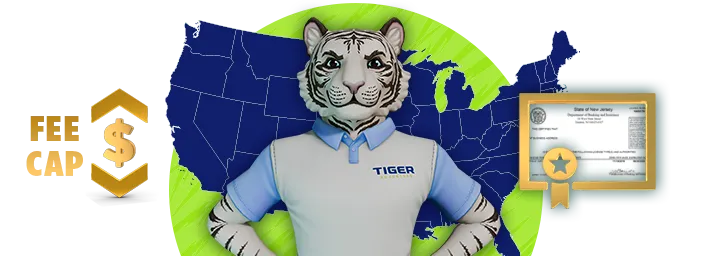Important Fire Claim
Checkpoints
How long the fire damage claim process takes varies from state to state, but insurance carriers are required to act in good faith to provide you the coverage guaranteed by your policy in a timely manner.
If you are not getting responses from your insurance carrier after many phone calls and emails, or if your claim has dragged on for months and you are not satisfied with the progress, it may be a sign that you aren’t being treated fairly by your insurance company.
Check your state’s Department of Insurance website for guidance on claim compliance timelines for the claim check points below:
1. After receiving a claim for fire damage to your home, the insurance carrier should confirm receipt and acknowledge your claim.
2. Your insurance carrier will send an insurance adjuster to investigate the damage.
3. After their investigation, the insurance adjuster will review your policy and inform you of any applicable deductibles.
4. The insurance adjuster may hire contractors or appraisers to accurately evaluate the extent of the fire damage and suggest necessary repairs.
5. After the repairs have been completed, your insurance will contact you regarding your final settlement.
It’s important to remember that the insurance adjuster assigned to your case works for your insurance company, not for you. By hiring a Public Adjuster, you can help even the playing field between you and your insurance company as you go through the claims process.
Partial Vs. Total Loss
“If the cost to repair and restore your property is more expensive than it’s worth or than your policy covers, then it might be declared a total loss.” Ted Patestos, Tiger Adjusters
A partial loss refers to a situation where your home is not destroyed entirely. A total loss occurs when a property is completely destroyed by a fire. Total losses are usually characterized by structural or foundational damage that would require major reconstruction and would likely
Since total losses require insurance companies to pay out the full policy limits in a settlement, insurance adjusters rarely deem a claim a total loss unless it is absolutely inarguable. If the loss is deemed partial, the insurance company can try to dispute the amount that should be covered. Partial loss claims tend to take longer to file, as there is more up for debate for the claim coverage.
Friendly Vs. Hostile Fires
Most homeowners' insurance policies only cover losses that result from “hostile” fires—that is, fires that burn where a fire is not usually intended to burn. “Friendly” fires are fires that burn in a place where fire is expected to burn, such as a fireplace or pilot light.
Determining between “hostile” and “friendly” fire damage can be tricky, and your insurance provider is more likely to deem it a “friendly” fire whether it was or not, since they don’t want to cover the claim. A licensed Public Adjuster can help you prove that a fire was “hostile” and ensure that you’re adequately covered under your current policy.





